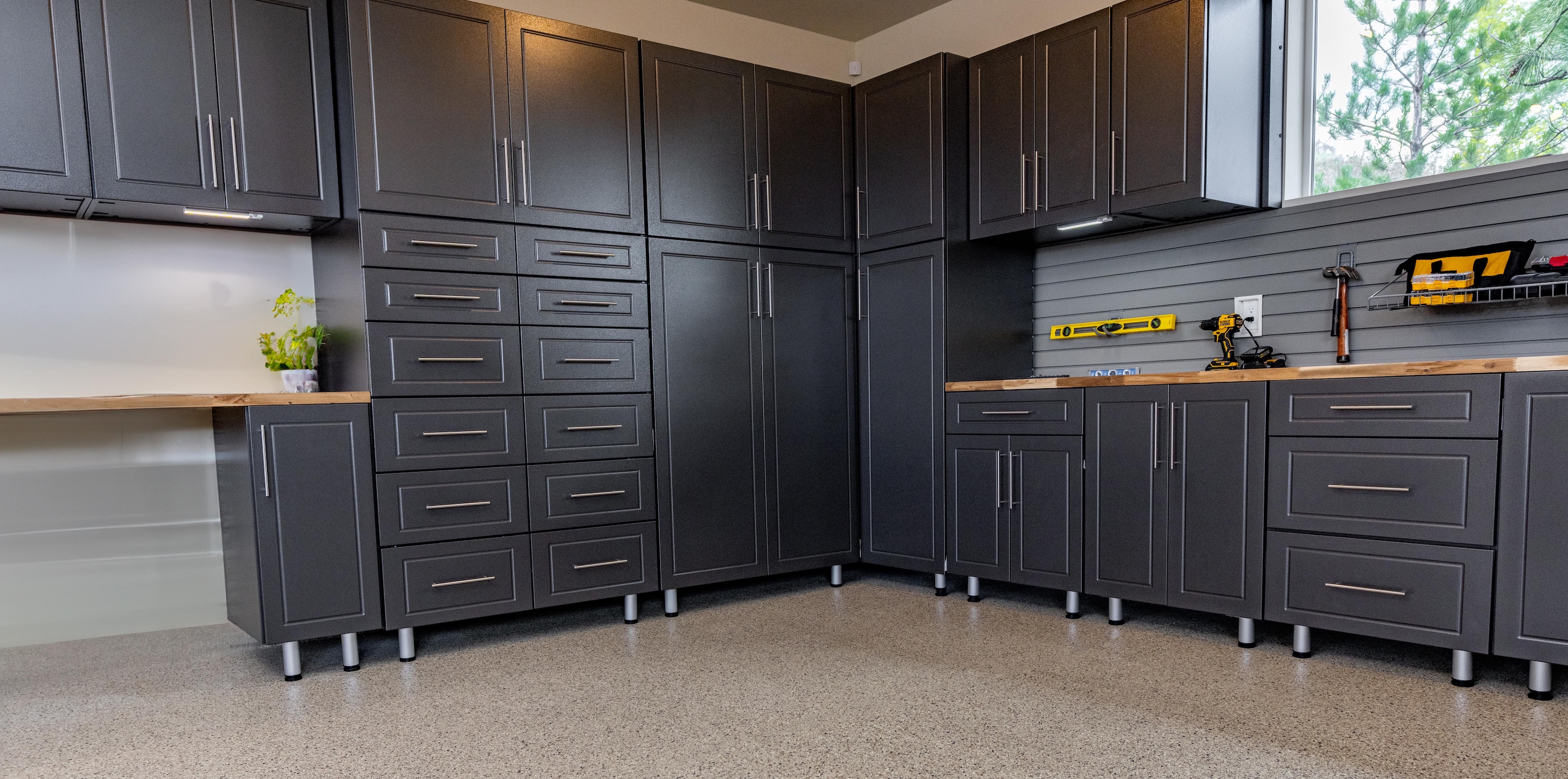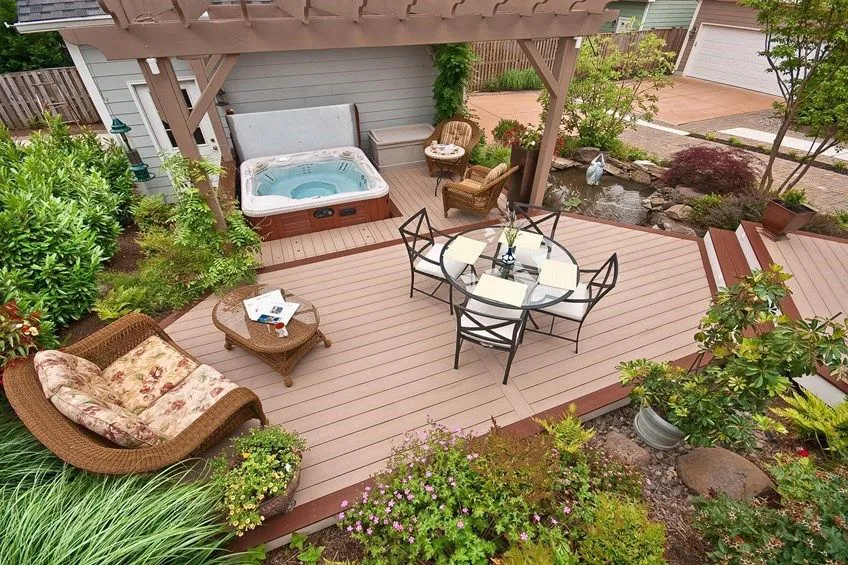Why Was LP Siding Recalled? (Video)

Have a house that was built in the 90s? You may be suffering from Louisiana-Pacific (LP) Siding that is cracking, absorbing water, and rotting away on the exterior of your home. Luckily, Webfoot Home Improvements is here for all your siding needs! We offer replacement and repair of damaged siding so you can save and better protect your home. We're using our many years of experience to answer all your questions about what to do if you have LP Siding:
- What You Need to Know About the LP Siding Recall
- How to Identify if Your Home Has Faulty LP Siding
- A History of Claims & What You Can Do Now
- Choose Webfoot for Your Siding Replacement & Repair
What You Need to Know About the LP Siding Recall
A Brief History of Louisiana-Pacific (LP) Siding
In January 1972, the Georgia-Pacific Corporation deconstructed its plywood industry monopoly by the Federal Trade Commission (FTC) order. Louisiana-Pacific LLC (LP) was born! The resulting spin-off was founded in July 1972 in Portland, Oregon (and is now based in Nashville, Tennessee). LP quickly expanded. They purchased Fiberboard Corporation and established fifteen building centers throughout southern California. Unfortunately, Georgia-Pacific refused to extend their existing shares of lumber. LP faced the challenge of finding its source during a Douglas Fir and Southern Pine shortage.
At the time, there was a soaring demand for lumber exported to the Japanese home-building market. Simultaneously, Federal lands were locked in response to environmentalist calls to protect the spotted owl. As a result, the lumber industry was at high risk during the 70s and throughout the 80s. By 1989, the Washington Post predicted harvests in national forests to drop by 50%.
LP recognized that they'd have to make a drastic change to survive. They decided to develop a new type of product that didn't rely on Douglas Fir and Southern Pine harvesting, and oriented strand board (OSB) came to be. OSB solved their supply issues because it could be created using less-expensive, fast-growing trees such as aspen and cottonwood. It was created by slicing logs into wafers, mixing them with resin, and then pressing the mixture into panels or sheets. First named "Wafer Wood," later renamed "Inner-Seal," the product was marketed to homeowners as cheaper, stronger, and arrogantly touted as "the smart man's plywood."
Unfortunately for LP, the inner seal was not so bright — or firm — after all.
I already know you have LP Inner-Seal Siding that needs repair or replacement. We're ready to help. Get a free quote today!
What Were the Recall Years of LP Inner-Seal Siding?
LP inner-seal siding was produced from 1985 to 1995. In 1996, a class-action lawsuit was filed against LP, citing manufacturing issues with the composite siding. This was a big deal. It was a historically big deal and became "the largest class-action lawsuit in the history of the siding industry." (Wikipedia) Homeowners reported that their siding was cracking, swelling, discoloring, and even growing mold and fungus. The lawsuit was open to anyone with siding installed on their home before 1996. By closing the lawsuit in 2002, LP had paid out a whopping 130,000 warranty claims.
Why Is LP Inner-Seal Siding So Bad?
Inner-seal siding was a composite wood material that was put together using pressure to create a pressed particle board. Unlike non-OSB wood siding, the boards of this lap siding were composed of stacked pressed sheets held together by glue. Due to manufacturer issues, the siding failed to hold up long-term.
Over time, the glue began to break down, and the lower lap edge of the siding cracked, absorbed water, and expanded. The resulting delamination left the siding vulnerable to the elements. In an area with rain, the excessive moisture resulted in the build-up of mold and fungi. Homeowners were discovering packs of mushrooms blooming from beneath the panels. As a result, they found themselves watching their exterior siding disintegrate off their homes. Even in a dryer area like Central Oregon, the siding was prone to discoloring and cracking over time.

Is the New LP SmartSiding Any Good?
Louisiana-Pacific (LP) re-engineered their siding and released LP SmartSide in 1997. Today, they celebrate "20 years of success" since the historical mistake of Inner-Seal siding.
How to Identify if Your Home Has Faulty LP Siding
Does My Home Have LP Inner-Seal Siding?
If your home was built in the '90s, specifically in 1990-1996, chances are you have LP Inner-Seal Siding. To be sure, you can closely examine your siding and find an LP in the knot pattern. If you inspect your existing siding and locate a knot on a panel, you can trace a subtle "L" and "P" in the knot's lines.

Of course, another indicator that you have LP Inner-Seal siding is looking for signs that your panel siding is deteriorating.
How Can I Inspect My Siding for Deterioration?
It's easy to conduct a quick home inspection of your siding to see if it needs repair. Go outside and take a look-up at your siding. Ideally, you'd want to see zero cracks or voids, but if you have LP Inner-Seal siding, you'll see signs of fragmentation of the pressed boards.
Examine your home's siding for a web of cracks on the lower lap edge. Can you brush your thumb against the cracks and flake off pieces? This is a sign that the OSB is beginning to delaminate, which results in cracks, pits, and voids that absorb water and cause swelling. This fragmentation is what leads to moisture and the growth of mold or fungi. To ensure your boards are swelling, you can also measure their thickness and compare the measurement to weather-protected siding (like siding protected by a porch roof).

A History of Claims & What You Can Do Now
Is it Too Late to Make a Claim Against LP for My Faulty Siding?
After closing the class-action lawsuit in 2002, homeowners can no longer file a claim with the LP Settlement Administrators.
Why Should I Replace My Siding?
Proper siding can make or break a visitor's first impression of your home. But siding impacts the stability of your home, too. Beyond contributing to curb appeal, your home's siding is essential because it protects your home's frame, walls, and, consequently, your roof.
If your siding is damaged and deteriorating, it's in your best interest to consider replacement or repair.
Choose Webfoot for Your Siding Replacement & Repair
What Webfoot Can Do for Your Siding
Investing in siding replacement is investing in the long-term durability of your home. Our experience with siding installations and repair allows us to save you money. We'll identify what siding needs to be replaced and what can be salvaged.

We treat the siding that can be salvaged through priming and sealing using an elastomeric primer to fill the voids but maintain flexibility. This primer is specially engineered to provide a flexible membrane over your home's exterior, which helps it last through different temperature extremes. And it saves you the cost of a complete replacement!
Types of Siding to Choose From
We'll entirely remove and replace any siding that is beyond repair. Various siding products are on the market, including stucco, wood, and fiber cement siding. We're happy to answer all your siding questions and advise which siding type will be the best value for you and your home. We can match nearly any siding type if only a partial replacement is needed.

Our full-time carpenters will handle all your exterior siding needs with the same level of service you've learned with our painting projects.





